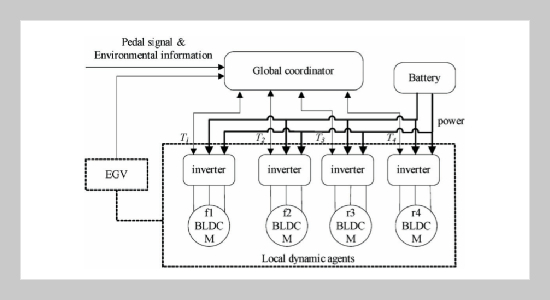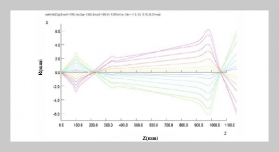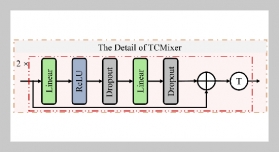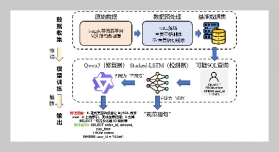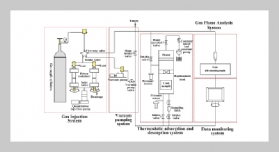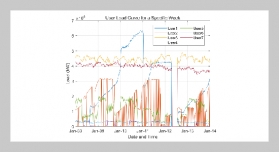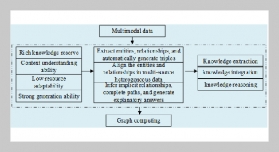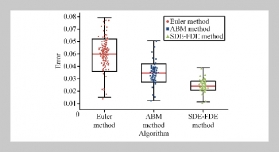REFERENCES
- [1] Hallowell,S. J.and Ray,L.R.,“All-wheelDriving Using Independent Torque Control of Each Wheel,” American Control Conference, Proceedings of the 2003, pp. 2590�2595 (2003).
- [2] Buja, G. S. and Kazmierkowski, M. P., “Direct Torque Control of PWM Inverter-fed Ac Motors - a Survey,” IEEE Transactions on Industrial Electronics, Vol. 51, No. 4, pp. 744�757 (2004). doi: 10.1109/TIE.2004. 831717
- [3] Smith, W. J., “Can Ev (Electric Vehicles) Address Ireland’s CO2 Emissions From Transport?” Energy, Vol. 35, No. 12, pp. 4514�74521 (2010). doi: 10.1016/j. energy.2010.07.029
- [4] Nunes, P., Farias, T. and Brito, M. C., “Enabling Solar Electricity with Electric Vehicles Smart Charging,” Energy, Vol. 87, pp. 10�20 (2015). doi: 10.1016/j.energy. 2015.04.044
- [5] Juul, N., “Battery Prices and Capacity Sensitivity: Electric Drive Vehicles,” Energy, Vol. 4, No. 1, pp. 403�410 (2012). doi: 10.1016/j.energy.2012.09.015
- [6] Chen, Y. and Wang, J., “Design and Evaluation on Electric Differentials for Over-actuated Electric Ground Vehicles with Four Independent In-wheel Motors,” IEEE Transactions on Vehicular Technology, Vol. 61, No. 4, pp. 1534�1542 (2012).
- [7] Wang, J., Chen, Y., Feng, D., Huang, X. and Wang, J., “Development and Performance Characterization of an Electric Ground Vehicle with Independently Actuated In-wheel Motors,” Journal of Power Sources, Vol. 196, No. 8, pp. 3962�3971 (2011). doi: 10.1016/j. jpowsour.2010.11.160
- [8] Poonamallee, V. L., Yurkovich, S., Serrani, A. D., Doman, B. and Oppenheimer, M. W., “A Nonlinear Programming Approach for Control Allocation,” American Control Conference, Proceedings of the 2004, Vol. 2, pp. 1689�1694 (2004).
- [9] Alwi, H. and Edwards, C., “Fault Tolerant Control Using Sliding Modes with On-line Control Allocation,” Automatica, Vol. 44, pp. 1859�1866 (2008). doi: 10. 1016/j.automatica.2007.10.034
- [10] Liao, F., Lum, K., Wang, J. L. and Benosman, M., “Adaptive Nonlinear Control Allocation of Non-minimum Phase Uncertain Systems,” American Control Conference, pp. 587�2592 (2009).
- [11] Zheng, J., Su, W. and Fu, M., “Dual-stage Actuator Control Design Using a Doubly Coprime Factorization Approach,” IEEE/ASME Transactions on Mechatronics, Vol. 15, No. 3, pp. 339�348 (2010). doi: 10.1109/ TMECH.2009.2025772
- [12] Edren, J., Exploring Force Allocation of Over Actuated Vehicles, Licentiate Thesis, KTH Royal Institute of Technology, Stockholm (Sweden) (2011).
- [13] Kim, D., Hwang, S. and Kim, H., “Vehicle Stability Enhancementof Four-wheel-drive Hybrid Electric Vehicle Using Rear Motor Control,” IEEE Transactions on Vehicular Technology, Vol. 57, No. 2, pp. 727–735 (2008). doi: 10.1109/TVT.2007.907016
- [14] Zhao, Y. and Zhang, J., “Yaw Stability Control of a Four-independent-wheel Drive Electric Vehicle,” International Journal of Electric and Hybrid Vehicles, Vol. 2, No 1, pp. 64–76 (2009).
- [15] Chen, B. and Kuo, C., “Electronic StabilityControl for Electric Vehicle with Four In-wheel Motors,” International Journal of Automotive Technology, Vol. 15, No. 4, pp. 573–580 (2014). doi: 10.1007/s12239-014-00604
- [16] Lu, D. B., Ouyang, M. G. and Gu, J., “Torque Distribution Algorithm for a Permanent Brushless DC Hub Motor for Four-wheel Drive Electric Vehicles,” Journal of Tsinghua University (Science and Technology),Vol. 52, No. 4, pp. 451–456 (2012).
- [17] Zhang, S., Zhang, C. N. and Han, G. W., “Optimal Control Strategy Design Based on Dynamic Programming for a Dual-motor Coupling-propulsion System,” The Scientific World Journal (2014). doi: 10.1155/2014/ 958239
- [18] Zhang, S. and Xiong, R., “Adaptive Energy Management of Plug-in Hybrid Electric Vehicle Based on Driving Pattern Recognition and Dynamic Programming,” Applied Energy, Vol. 155, pp. 68�78 (2015). doi: 10. 1016/j.apenergy.2015.06.003
- [19] Ao, G.Q.,Qiang, J.X.,Zhong, H.,Mao,X.J.,Yang, L. and Zhuo, B., “Fuel Economy and Nox Emission Potential Investigation and Trade-off of a Hybrid Electric Vehicle Based on Dynamic Programming,” Proceedings of the Institution of Mechanical Engineers, Part D: Journal of Automobile Engineering, Vol. 222, No. 10, pp. 1851�1864 (2008).


